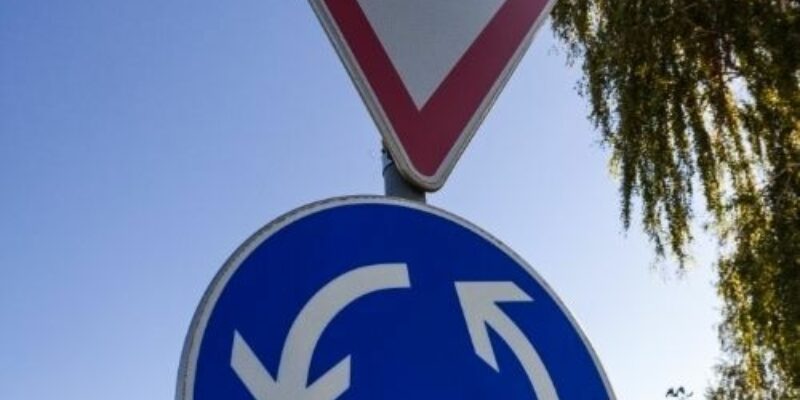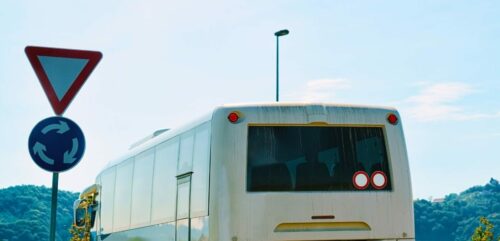
Nobody can be sure for certain but records claim that it was probably the Romans who devised the first signs with stones called milliaries, which had the road distances on to the nearest village along the road.
The UK road sign has moved on with great complexity since those early days of the Romans and their simple but effective signposts.

Signage Is Born
Signage for roads were slowly introduced after 1904 in the UK but it wasn’t until 1933 that signs were more than an advisory system. It was then in 1933 that the first Road Traffic Act was published and this made it against the law to disobey road signs – a measure that still continues today.
There are signs for everything. In the UK we have three main types some warn, others inform and the remaining signs give orders.
Present Design
The present design comes from the Anderson Group, in 1957 Colin Anderson, the chairman of the P&O Line shipping company, chaired a committee that gave the nod to the design of the majority of signs on our motorway network.
The three types can be nicely boxed into three different shapes, normally circles give orders, triangles warn and rectangles inform.
The Meaning of a Blue Circle
So what does a sign with a background of a blue circle and no red border mean?
Blue circles normally give a mandatory instruction , such as turn left or indicate a route only available to particular classes of traffic e.g. buses and cycles only.
Common Signs

The following are signs that you may encounter, they are signs with a blue circle and no red border and contain information.
They include:
- you can travel in the direction shown by the arrow
- turn left ahead (turn right if arrow is reversed)
- vehicles may pass on either side to reach the same destination
- keep left (right if symbol is reversed)
- mini-roundabout – you should give way to traffic from the immediate right
- one way traffic
- 30 minimum speed permitted, in miles per hour, unless it is impractical to do so
- 30 with a red line through it – this is the end of the minimum speed limit zone
- route for trams only and buses where it applies.
- route for buses and pedal cycles only
- shared route for pedal cycles and pedestrians only
- separated track and path for pedal cycles and pedestrians
- route for pedal cycles only
Rectangular Shape
Blue signs on the UK road network are regarded as informational signs and many of these are a rectangular shape. This also includes directions which you can see on any motorway or when you approach a roundabout – the reason for the colour is that it should match the importance of the road, blue is equal to a motorway while green is the colour for a dual carriageway.
There are cases where the road is not important and if there is an information sign it will be shaded in a blue background for familiarity for motorists. This colour coding was developed in the mid-eighties to give UK signs better consistency.
Disclaimer: The information in the article is for general purpose information only and should not be constituted as legal advice. This article has been produced by a third party and Jardine Motors does not take any responsibility for the completeness, accuracy, or reliability with respect to the website or the information provided. Article last updated March 2016.



